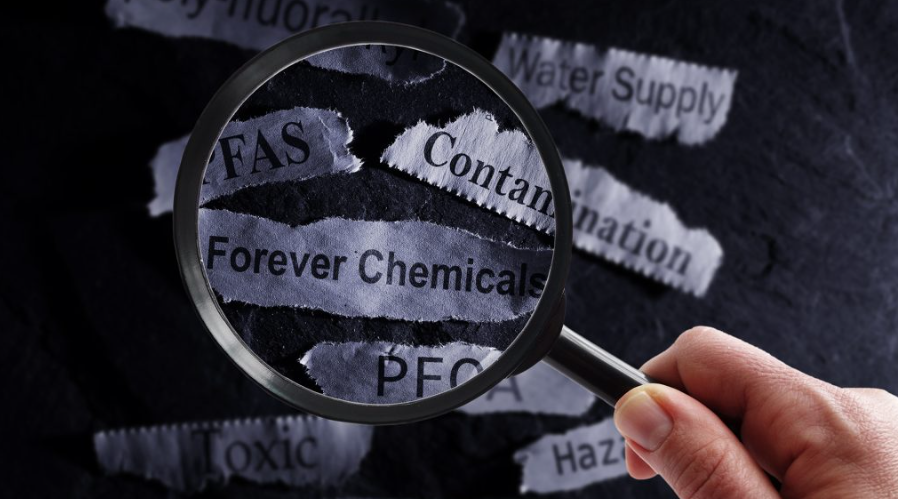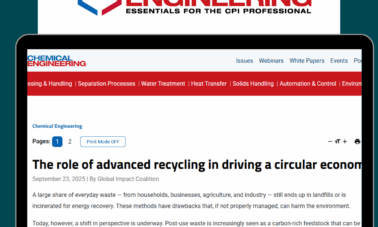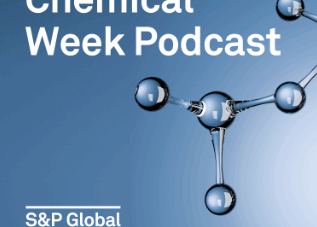
The Global Impact Coalition outlines the key considerations for tackling the destruction of PFAS in industrial water systems.
Have you heard of per- and polyfluoroalkyl substances (PFAS)? Perhaps the nickname ‘forever chemicals’ rings a bell. These synthetic substances are frequently in the headlines – from the U.S. Administration’s recent $15m investment to study PFAS on US farmland,¹ to their portrayal in the 2019 film Dark Waters, starring Mark Ruffalo as environmental attorney Robert Bilott.² Public concern about PFAS has grown rapidly. To develop viable solutions, we first need to understand the history, use, and impact of these persistent substances.
What are PFAS?
There are many different types of PFAS. According to the European Chemicals Agency (ECHA), PFAS are a group of manmade chemicals characterised by the presence of at least one fully fluorinated methyl (CF3-) or methylene (-CF2-) carbon atom (without any H/Cl/Br/I attached to it).³ PFAS have a wide range of different physical and chemical properties, and come in the form of gases, liquids, or solid high-molecular weight polymers. These PFAS are characterised by a strong carbon-fluorine bond — the most stable bond carbon can form with at least two fluorine molecules attached to the same carbon molecule. It is this extreme stability that gives PFAS their resistance to degradation and their distinctive properties: heat resistance, chemical inertness, and water and grease repellence.
Polymeric PFAS, or fluoropolymers, were first discovered in 1938 by Roy J Plunkett, a young chemist at DuPont, during efforts to develop safer refrigerants.⁴ In the process, he synthesised polytetrafluoroethylene – now widely known as Teflon. This compound belongs to a group of long-chain PFAS, which can include up to 100,000 carbon atoms. To scale up production of Teflon, PFOA (perfluorooctanoic acid), consisting of eight carbon atoms, was used as a processing aid to avoid explosions caused by the chain reaction needed to create Teflon.⁵ Today, the PFAS family includes more than 10,000 compounds, all sharing the resilient carbon-fluorine backbone, but varying in length and functional groups.











